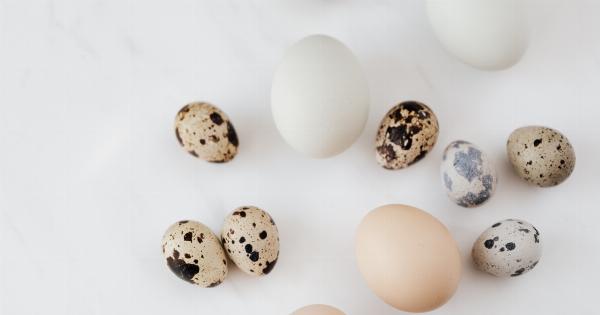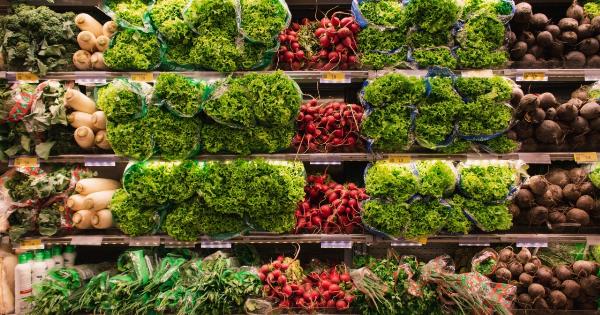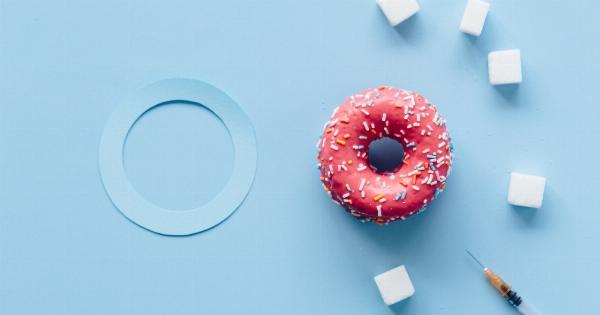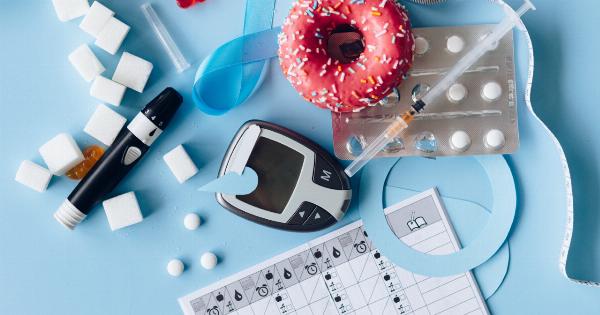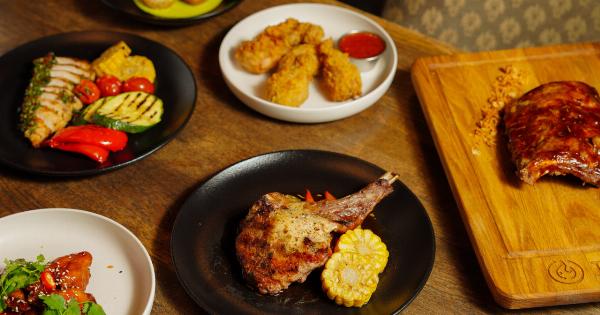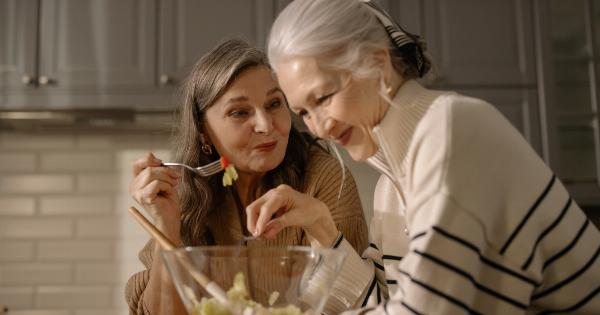Easter is a time for celebration and indulgence, but it’s important to be mindful of what you eat. Many traditional Easter foods are high in calories, unhealthy fats, and added sugars.
While it’s okay to treat yourself occasionally, it’s essential to make informed choices and prioritize your health. In this article, we will discuss ten foods you should skip on Easter Day to ensure a healthy and balanced holiday.
1. Sugary Easter Treats
Easter is synonymous with sugary treats like chocolate eggs, marshmallow Peeps, and jelly beans. Unfortunately, these sweet confections are packed with added sugars and artificial ingredients.
Consuming large amounts of sugar leads to energy crashes, weight gain, and an increased risk of chronic diseases.
Instead, opt for healthier alternatives like dark chocolate with a higher percentage of cocoa, which is rich in antioxidants. You can also make homemade treats using natural sweeteners like maple syrup or date paste.
2. Honey-Glazed Ham
Honey-glazed ham is a traditional centerpiece for Easter meals, but it’s high in both sodium and sugar. A single serving can contain up to 1,000 milligrams of sodium, which exceeds the recommended daily limit for most adults.
Consider preparing a healthier protein source for your Easter dinner, such as roast chicken or turkey. These options are lower in sodium and provide lean protein, which is essential for muscle growth and repair.
3. Creamy Au Gratin Potatoes
Au gratin potatoes are a rich and indulgent side dish commonly served during Easter. However, they are typically made with heavy cream, cheese, and butter.
These ingredients contribute to high calorie and saturated fat content, which can negatively impact heart health.
Try swapping conventional au gratin potatoes for a lighter version using low-fat milk, reduced-fat cheese, or even alternative root vegetables like turnips or rutabagas.
This modification can transform this dish into a healthier option without compromising the taste.
4. Butter-laden Rolls
Soft, warm rolls slathered in butter are a common temptation during Easter gatherings. However, these rolls are often made with refined white flour and contain excessive amounts of saturated fats from butter or margarine.
Instead, choose whole grain rolls or bread that offer more fiber and nutrients. You can also experiment with herbs or garlic to create flavorful spreads using olive oil or avocado as a healthier alternative to butter.
5. Candied Yams
Candied yams, also known as sweet potatoes, are a popular Easter side dish. Although naturally rich in vitamins and fiber, this dish is typically loaded with sugar, marshmallows, and even more added sweeteners.
Opt for a simpler preparation method by roasting the sweet potatoes. This retains their delicious natural sweetness without piling on excessive calories.
Sprinkle some cinnamon or nutmeg for extra flavor, and you’ll have a healthier alternative that still satisfies your taste buds.
6. Cheesy Spinach and Artichoke Dip
While spinach and artichoke dip may sound like a healthy choice, the classic recipe is typically loaded with cream cheese, mayonnaise, and various types of cheese. These ingredients significantly increase the fat and calorie content.
Consider making a lighter version of spinach and artichoke dip using Greek yogurt or low-fat sour cream as the base. You can still enjoy this appetizer without compromising your health goals.
7. Deviled Eggs
Deviled eggs are a beloved Easter tradition but can be heavy in calories and unhealthy fats. The filling is often made with mayonnaise, which contains high amounts of saturated fat.
Instead, try swapping out mayonnaise with Greek yogurt or mashed avocado. These alternatives provide healthier fats while still maintaining the creamy texture and delicious taste.
You can also experiment with different seasonings to add a unique twist to this classic dish.
8. Creamy Coleslaw
Coleslaw is a refreshing side dish generally made with mayonnaise. However, mayonnaise is high in calories, unhealthy fats, and can overpower the nutritional benefits of the vegetables.
Opt for a lighter version of coleslaw by using Greek yogurt or a vinaigrette dressing as the base. This ingredient swap significantly reduces the calorie and fat content while adding a tangy flavor to your coleslaw.
9. Traditional Easter Pie
Traditional Easter pies, like Italian ricotta pie or Greek tsoureki, are undeniably delicious but also high in sugar, fat, and calories. These rich desserts often contain ingredients like butter, whole milk, and excessive amounts of sugar.
To satisfy your dessert cravings without the guilt, consider making a healthier dessert option like fresh fruit salad, a light angel food cake with berries, or a Greek yogurt parfait with granola and fruit.
10. Sugary Beverages
Lastly, it’s crucial to pay attention to your beverage choices on Easter Day. Sugary drinks like soda, fruit punch, and even some store-bought fruit juices are packed with added sugars.
These drinks can contribute to weight gain and an increased risk of developing type 2 diabetes.
Opt for healthier alternatives like infused water with fresh fruits or herbal iced teas sweetened with natural sweeteners like stevia or honey. These options not only quench your thirst but also provide additional nutrients.

